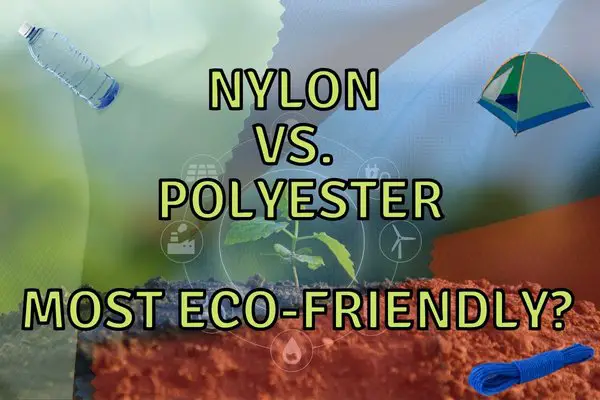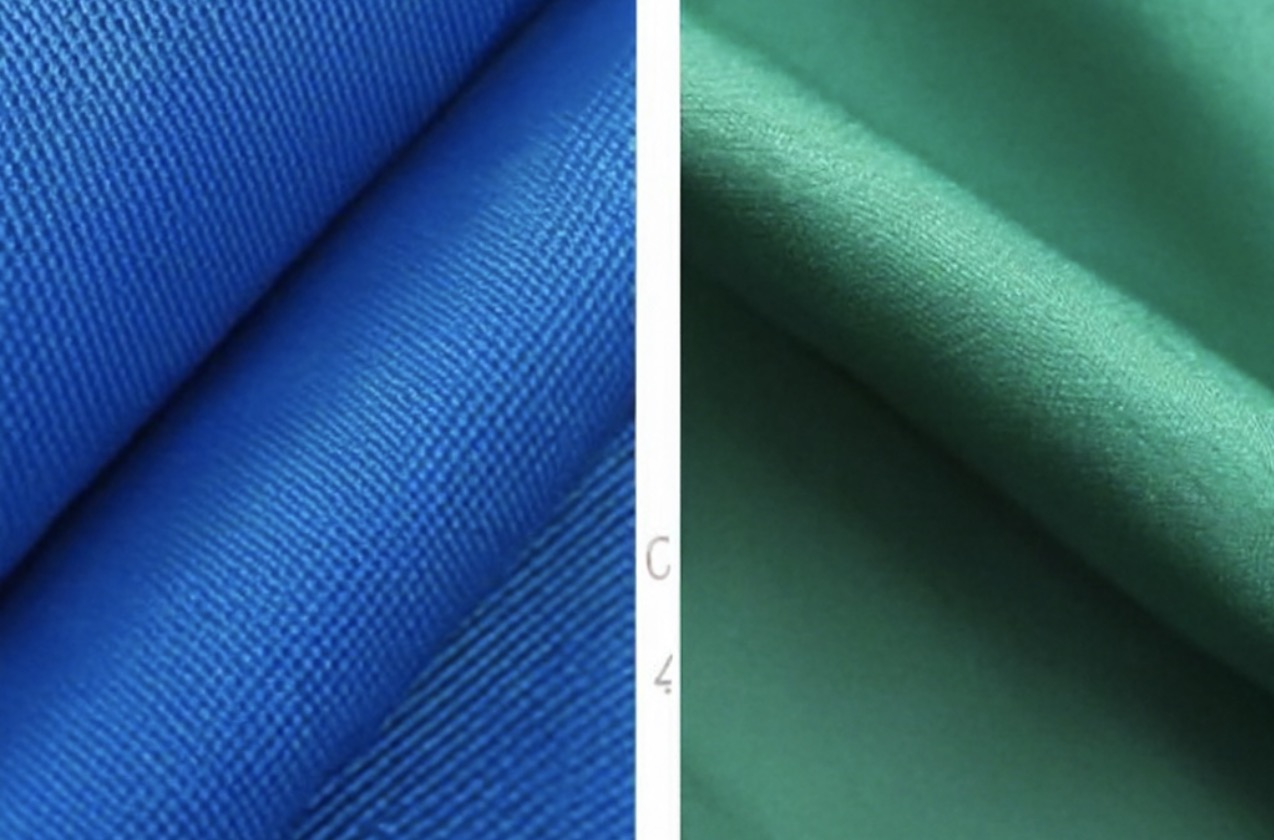When it comes to choosing between 200d and 600d polyester for your next project, the main difference lies in their durability and strength, with 600d being the stronger and more durable option.
As an experienced textile enthusiast, I’ve had my fair share of encounters with various fabrics, including 200d and 600d polyester.
Throughout this blog post, I will share my personal experiences and insights, along with factual information, to help you make an informed decision when selecting the best fabric for your needs.
Understanding Polyester
Before delving into the differences between 200d and 600d polyester, it’s essential to understand what polyester is. Polyester is a synthetic fabric made from petroleum-based products. It is known for its durability, water resistance, and ability to retain its shape.

Polyester is widely used in various applications, from clothing and upholstery to outdoor gear and bags.
The “d” in 200d and 600d Polyester
The “d” in 200d and 600d polyester stands for “denier,” which refers to the linear mass density of the fibers used in the fabric. The higher the denier number, the thicker and stronger the fibers, and consequently, the fabric. This means that 600d polyester is thicker and stronger than 200d polyester.
The Impact of Denier on Fabric Performance
Durability
The most significant difference between 200d and 600d polyester is their durability. 600d polyester is more robust and resilient due to its higher denier, making it better suited for heavy-duty applications or items that require long-lasting strength. In contrast, 200d polyester is more lightweight and less durable, making it more suitable for lighter applications or items that don’t require heavy-duty performance.
Water Resistance
Both 200d and 600d polyester have excellent water resistance, but the latter boasts a slight edge due to its thicker fibers. The denser weave of 600d polyester provides a higher level of water resistance, making it perfect for outdoor gear and bags that need to withstand various weather conditions.
Weight
200d polyester is lighter than 600d polyester, making it a suitable choice for applications where weight is a crucial factor. For instance, lightweight backpacks, tents, or clothing items can benefit from the use of 200d polyester, as it won’t add unnecessary weight.
Breathability
When it comes to breathability, 200d polyester is generally more breathable than 600d polyester due to its thinner fibers and looser weave. However, it is important to note that polyester, in general, is not known for its breathability, so neither option is ideal if you need a highly breathable fabric.
Aesthetic Differences
The appearance of 200d and 600d polyester can differ as well. Due to the thicker fibers, 600d polyester may have a more textured and rugged appearance compared to the smoother and more refined look of 200d polyester. The choice between the two ultimately depends on your desired aesthetic and the specific application.
Cost Considerations
In general, 600d polyester is more expensive than 200d polyester due to its superior strength and durability. However, the price difference is usually not significant, so it’s essential to consider other factors, such as intended use and performance requirements, when making your choice.
Environmental Impact
As mentioned earlier, polyester is a synthetic fabric derived from petroleum-based products. As such, both 200d and 600d polyester have an environmental impact due to the production process and the non-biodegradable nature of the material.

However, it’s worth noting that polyester can be recycled, and many manufacturers are now producing fabrics made from recycled polyester, which helps mitigate its environmental impact.
Applications of 200d and 600d Polyester
200d Polyester
- Lightweight backpacks and bags
- Clothing items, such as jackets and windbreakers
- Camping gear, like tents and sleeping bag covers
- Umbrellas and other rain gear
600d Polyester
- Heavy-duty backpacks and luggage
- Outdoor and sports gear, such as duffle bags and equipment bags
- Upholstery and furniture covers
- Outdoor and marine applications, like boat covers and tarps
Conclusion: Which One Should You Choose?
In conclusion, the choice between 200d and 600d polyester largely depends on your specific needs and desired characteristics.
If you require a lightweight, more breathable fabric with a refined appearance, 200d polyester is the better option. On the other hand, if you need a heavy-duty, highly durable, and water-resistant fabric, 600d polyester is the way to go.
To summarize, here are ten key facts about the differences between 200d and 600d polyester:
1. 200d polyester is lighter than 600d polyester.
2. 600d polyester is more durable and stronger than 200d polyester.
3. Both fabrics have excellent water resistance, with 600d polyester having a slight edge.
4. 200d polyester is generally more breathable than 600d polyester.
5. 600d polyester has a more textured and rugged appearance compared to 200d polyester.
6. The cost difference between the two is generally not significant, with 600d polyester being slightly more expensive.
7. Both fabrics have an environmental impact, but recycling efforts can help mitigate this.
8. 200d polyester is suitable for lighter applications, such as lightweight backpacks and clothing items.
9. 600d polyester is ideal for heavy-duty applications, like outdoor gear and upholstery.
10. Ultimately, the choice between 200d and 600d polyester depends on your specific needs and desired characteristics.
FAQs
Which is stronger 500D or 600D?
In terms of tensile fabric strength, 600D is stronger than 500D.
Is 600D polyester better than 1200D?
It depends on the intended use. 1200D polyester is generally more durable and abrasion-resistant than 600D, but it is also heavier and less flexible. If weight and flexibility are important factors, 600D may be a better choice.
What is the difference between 600 and 1200 denier?
The difference between 600 and 1200 denier is the thickness and durability of the fabric. 1200 denier is thicker and more durable than 600 denier.
Which is thicker 300D or 600D?
600D is thicker than 300D. The “D” in both terms refers to “denier,” which is a unit of measurement used to describe the thickness of fibers or threads. A higher denier number indicates a thicker and more durable material. Therefore, 600D is thicker than 300D.
Which is better 600D or 1000D?
It depends on the intended use and personal preference. The 1000D is more durable and suitable for heavy-duty applications, while the 600D is lighter and more flexible, making it better for everyday use.
What is 1200D polyester?
1200D polyester refers to a type of fabric that is made from polyester fibers with a denier count of 1200. This means that the fabric is relatively thick and durable, making it suitable for use in a variety of applications, such as luggage, backpacks, and outdoor gear. The “D” in 1200D stands for denier, which is a unit of measurement that refers to the thickness of individual fibers in the fabric.




